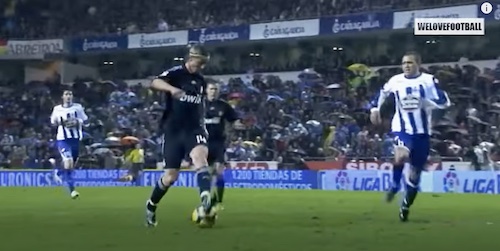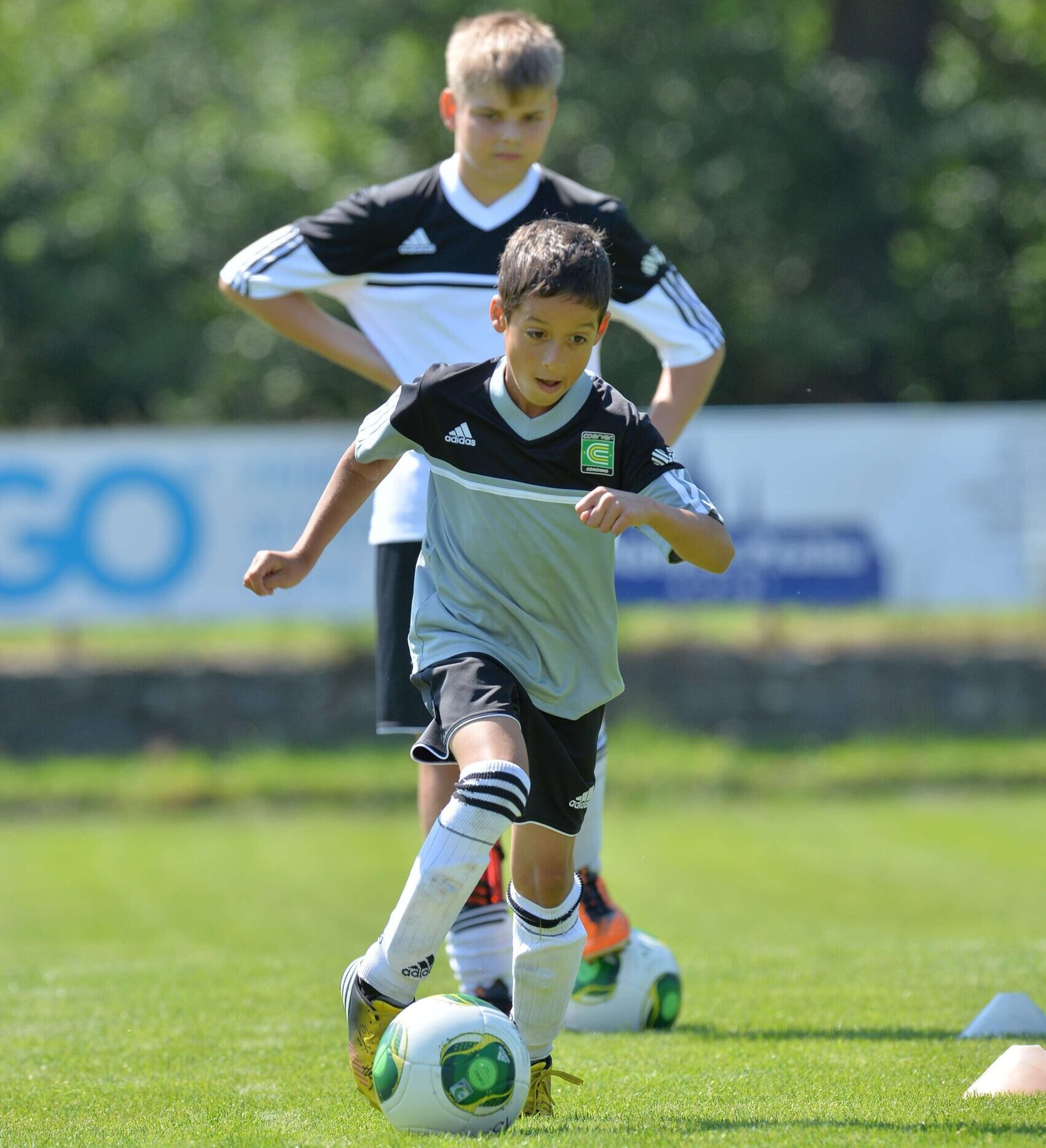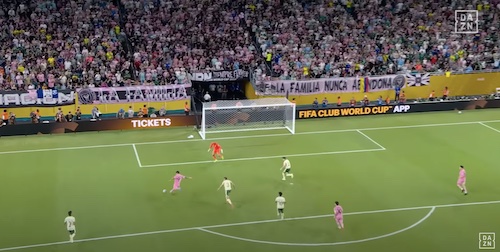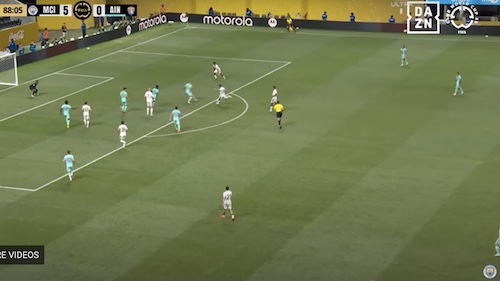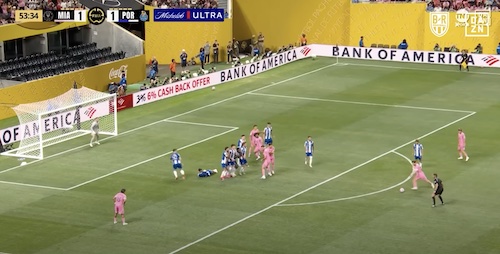Unselfish soccer is a key foundation to playing good soccer. No matter who’s on your team, selfish play becomes contagious. When someone is dribbling all the time, others will pick that up and do it themselves, or at least not be as active in the play and stop making runs. The great thing about soccer is that this will usually correct itself because the game doesn’t allow you to play that way. The team that moves the ball around and shares the ball the most, makes things the easiest for themselves and will have the most scoring opportunities.
The Guti back heel to Benzema is one of the most brilliant and unselfish plays in world football history. Real Madrid’s Guti knows how to play clever and unselfish soccer. It’s been said that setting up a teammate with a brilliant pass is even better than scoring. That’s what unselfish soccer is all about.
If you play selfish soccer, you will not be successful in the long run.
Unselfish plays in soccer featuring some of the best players in the world: Cristiano Ronaldo, Lionel Messi, Neymar Jr, Eden Hazard, Sergio Ramos, Erling Haaland, Marcus Rashford and more.
You not only need to think about what you’re going to do with the ball, but you also need to think about what the person you’re considering passing to can do with it. This is crucial to playing unselfish soccer.
Before you play the ball, when picking out a player for a long pass or serving the ball in from a long distance, you should have a plan in your mind of what is going to take place next. The player you are making the pass to should have someone to lay the ball off to or time to turn, or you yourself should support the pass if nobody is available. If not, maybe it’s time to switch the field of play and rotate the ball to the other side of the field as say teams like Manchester City under Pep Guardiola often do.
Picture a series of plays that are going to take place when sending a long ball or starting a play. Try to always think of where the soccer ball should go next. That way, you’re making good decisions and setting up your teammates by putting them in advantageous positions.
Let’s say you want to play the ball to your teammate’s left foot and they have someone covering them on their right side. You want to lead your teammate with a pass that puts them in the best possible scenario to make the next successful play or pass. If they are making a run through towards the goal, you want to put the right pace on the ball so they don’t have to break their stride. Bend the ball into the path of the player or, if they are better on their left foot, then play it to that foot; or, play it to the space where your teammate can make the play but the defender can’t.
The important thing to keep in mind is playing the ball at the appropriate pace. You can’t serve the ball in to a player from thirty yards away without striking the ball crisply and solidly. If you send in a soft lofted ball, it is likely to get intercepted by a defender.
Again, a driven ball is easier to control and redirect, on to goal or to another player. It is in this way that you should play soccer: see the next play that should take place before you make a pass. You want to give a directive via the pace of the ball.
As long as you’re constantly evaluating the game and reading the movement of both the players of the ball, you’ll be better able to respond in a way that increases your team’s likelihood of scoring a goal. The only people who can master soccer are those who understand that it demands that you use your mind as much as you use your legs.











